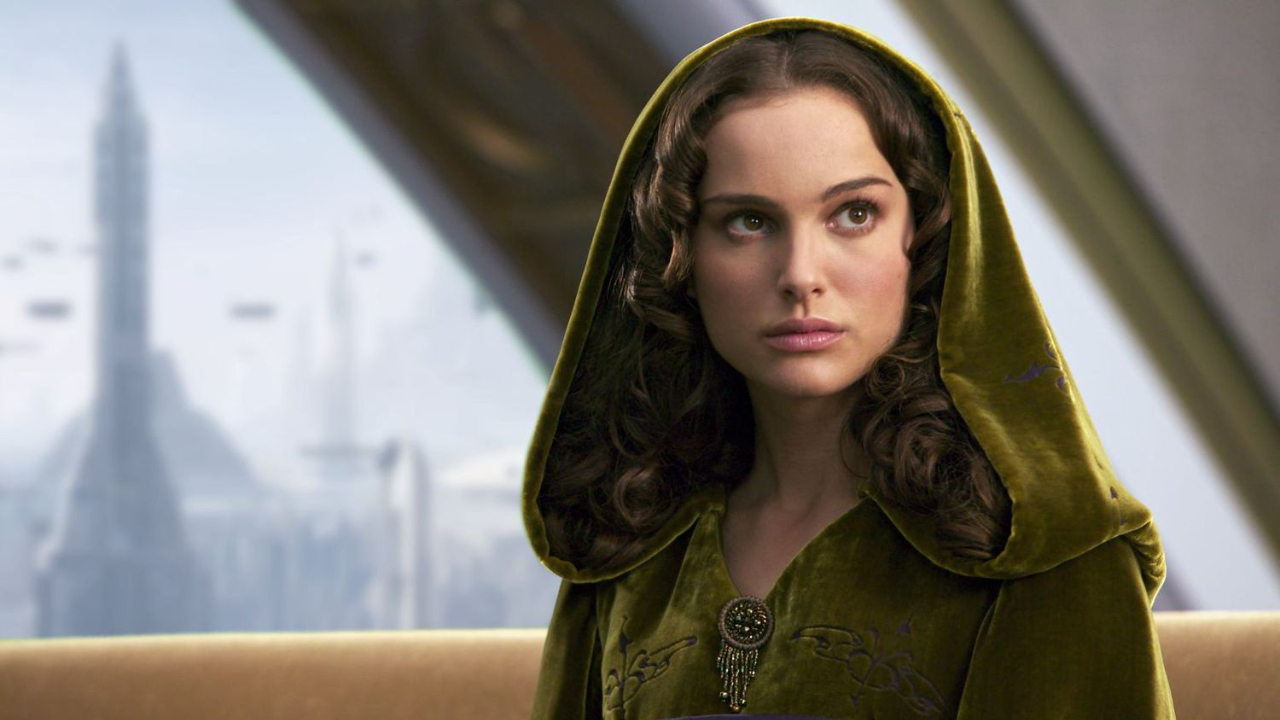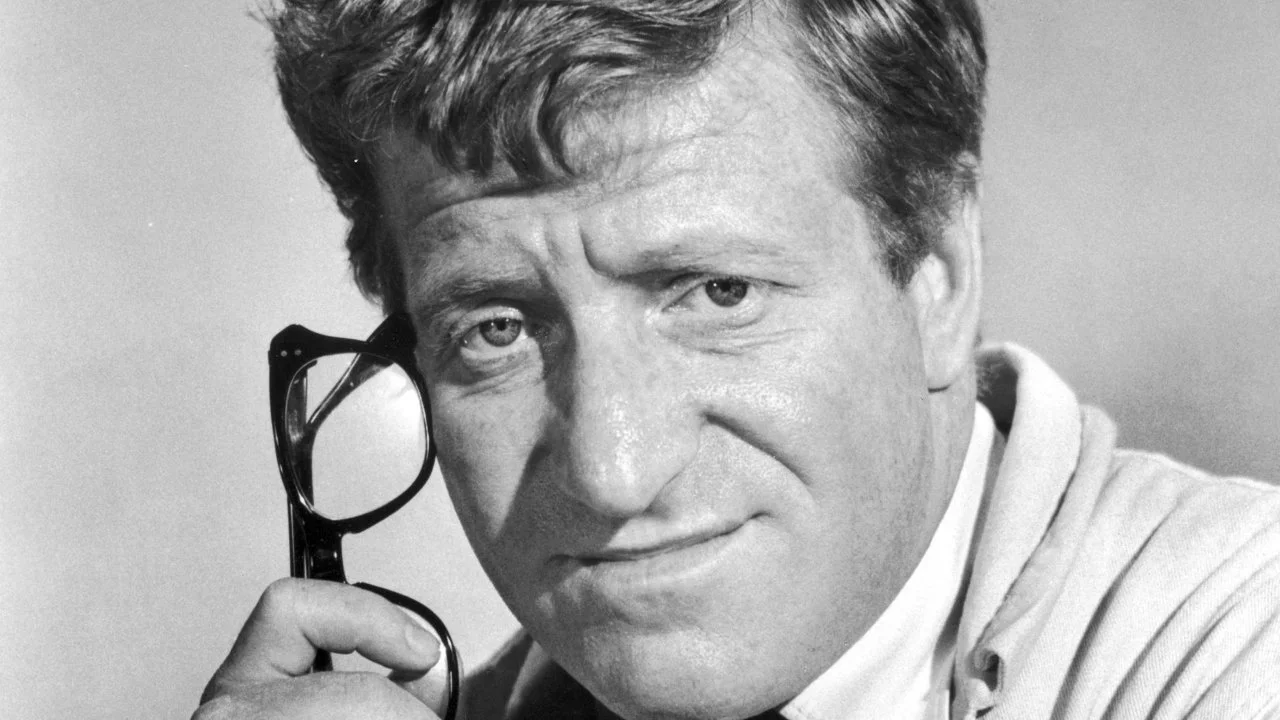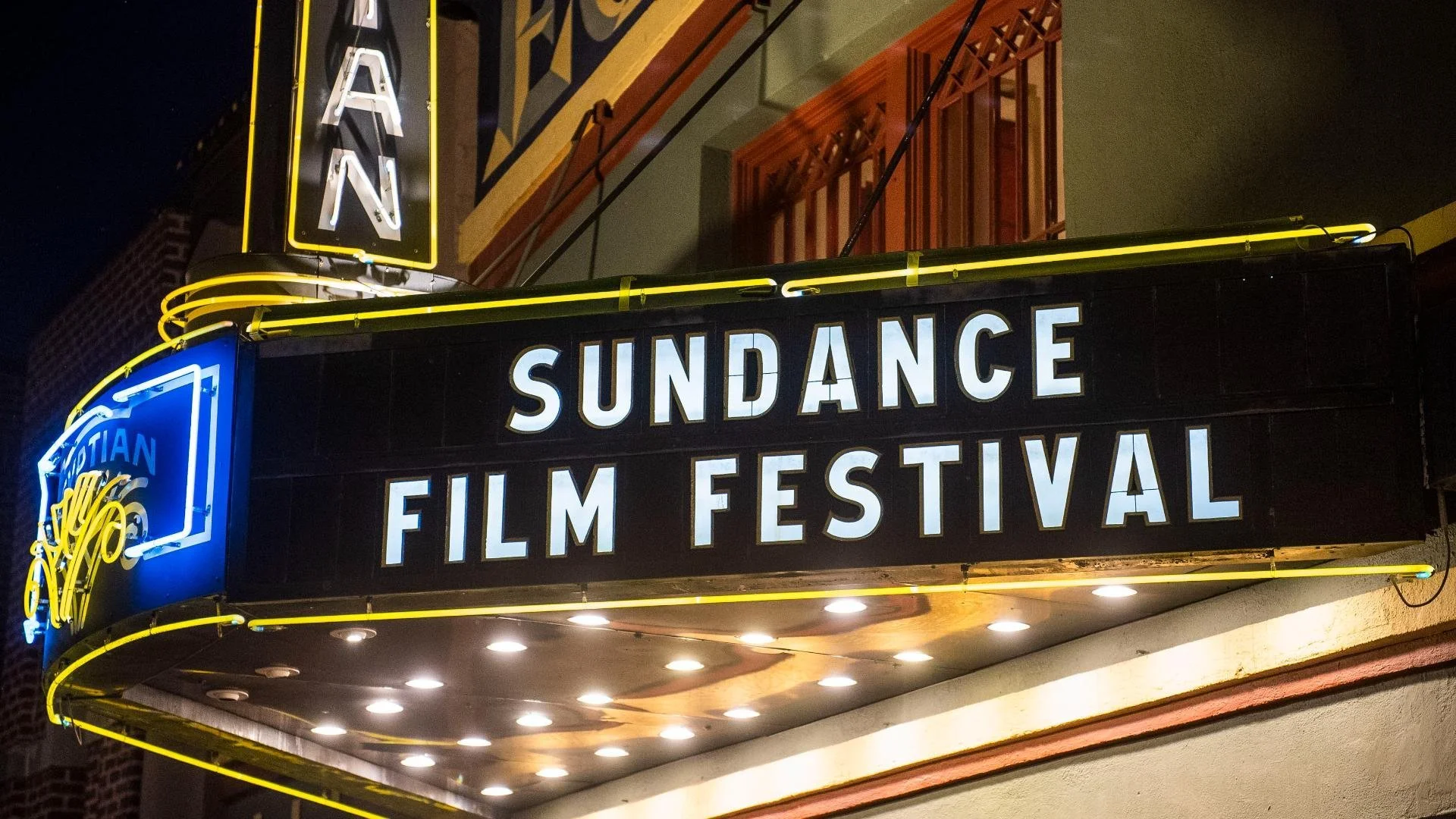Natalie Portman Is Still Striking Down 'Revenge Of The Sith' Fan Theories, No Matter How 'Cool' They Are
Image Source: LiveAbout.com
Actress Natalie Portman, who played the brave-but-ill-fated Queen and Senator of Naboo in the Star Wars prequel trilogy, has been swatting down fan theories about her motivations for going to Anakin on Mustafar during the climax of Revenge of The Sith nearly twenty years after its release. The most persistent fan theory has been that she went to Mustafar with the intent to kill Anakin after learning of his tragic turn to the dark side from Obi-Wan Kenobi, who visited her shortly before she left for Mustafar.
In the film, when Padmé traveled to Mustafar, her only intent seemed to be to persuade Anakin to run away with her, although she realized pretty quickly that that was not possible. Her efforts were further undermined by Anakin Force-choking her and leaving her for dead after realizing that Obi-Wan was aboard her ship. When asked by Vanity Fair directly about this fan theory and its possible darker intentions for Anakin, Portman dismissed it out of hand, saying, “No. That’s cool but no. I mean cool, but no.”
RELATED:
Despite this denial, there appears to be some basis for this fan theory. Specifically, in 2017, character design and concept artist Ian McCraig revealed to the Academy of Art University that not only was Padmé originally intended to kill Anakin, believing it to be too late for him to be saved, but that Anakin was going to allow it. Padmé ultimately is unable to carry through with the deed, however.
“[Anakin] leaves. Moments later, in come the Separatists and right behind his back, [Padmé] is starting the Rebellion to overthrow him. Because Padmé can see that he is becoming a monster. At the end, on Mustafar, when she goes to see [Anakin], she has a knife in her hands. She gets off the ship with the knife, she runs up and throws her arms around him, and he lets her. She’s got the knife to the back of [Anakin’s] neck and she’s going to kill him. [Again], he lets her. But she can’t do it. She loves him too much to stop him, even when he becomes the monster.”
While some fans have embraced this idea and wondered why Lucas didn’t just follow through with this idea, possibly making her character better in that last film, others have suggested that, like his controversial revision of the Han and Greedo scene from A New Hope, he does not want his “good” characters to be seen doing “evil” things like committing outright murder (i.e. Han shooting Greedo first).
While Lucas was cautious about his Star Wars characters flirting with evil actions, directors like J.J. Abrams and Rian Johnson have been less so with the characters in the sequel trilogy. Johnson made the controversial decision for Luke to momentarily stand over a sleeping Ben Solo with his lightsaber, harboring a momentary thought about ending Ben’s life in The Last Jedi, which ultimately had catastrophic consequences for Luke, his new Jedi Order, Ben, and the galaxy at large. Abrams had Rey also temporarily gave in to the dark side in The Rise of Skywalker, summoning Force lightning to destroy a First Order transport she thought was carrying Chewbacca as a prisoner.
READ NEXT:
Sources: ScreenRant, Heroic Hollywood













